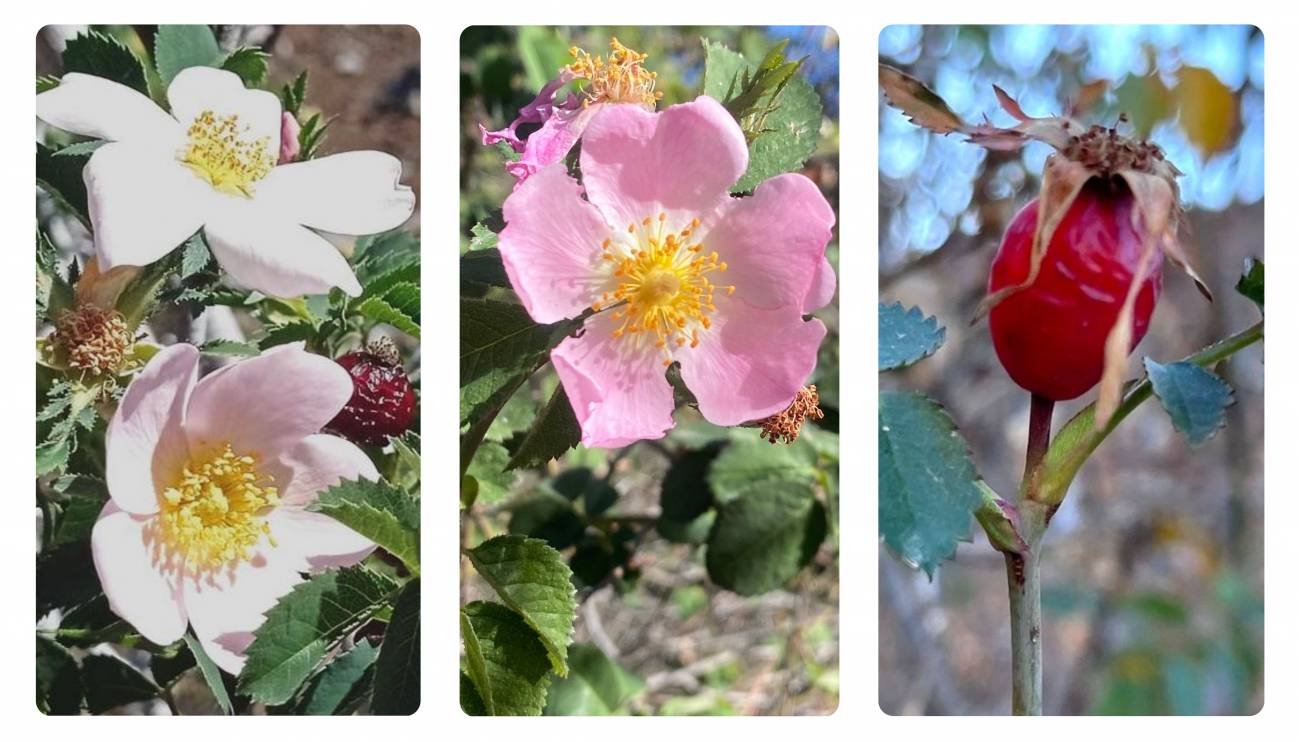Canary Islands: to describe three new species of wild roses. The discovered specimens shows a combination of characteristics that do not occur in any wild rose from Europe or the rest of the archipelago’s populations. The research was published in Flora Montiberica.
A team from the Supreme Council for Scientific Research (CSIC) has discovered three new species of wild roses in three of the highest and oldest volcanoes on the islands. Canary Islands. According to the scientists, the three new roses exhibit a combination of characteristics that are not found in any wild rose either in Europe or in the rest of the Canary Islands. The research was published in Flora Montiberica.
The study is led by researchers Pablo Vargas (Royal Botanical Garden, RJB-CSIC), Manuel Nogales (IPNA-CSIC Institute of Natural Products and Agrobiology) and Modesto Luceno (Pablo de Olavide University of Seville), who were inside Canary Islands developed a taxonomic study when they discovered it wild roses that have not yet been described or catalogued.
“We propose to science three new species found in the highest and oldest volcanoes of the Canary Islands: in the Roque de los Muchachos of La Palma (R. roque-muchachensis), in the ravines of El Teide (R. cannadas teydensis), and in the Tejeda caldera in Gran Canaria (R. gran canariae),” Vargas indicates.
Cultivated roses result from the domestication of wild roses. In particular the genus Rosawith approximately 150 precursor species of cultivated rose bushes, has been studied and manipulated for centuries in Europe, America and Asia.


The importance of the classification of Canary Island roses
The population shortage and the taxonomic complexity of Canary Island roses has allowed only a cursory study, so that there have been numerous confusing data since the beginning of the 20th century. But despite the interest from genus Rosa In Europe, there is no updated classification for the entire Canary archipelago. For this reason, the researchers began a taxonomic study of the roses present in the Canary archipelago.
“Based on the current taxonomic treatment applied to European roses over the past sixty years, we propose a minimum of six species of dog rose (section Dogs) for the Canary archipelago, of which only two have already been mentioned: Rosa micrantha j R. rubiginosasays Pablo Vargas. “Some key individuals found in other populations spread across Gran Canaria and La Gomera fit the concept of a third species already known in Europe: R. nitidula Better”.
Vargas, Nogales, and Luceño analyzed in detail nineteen key figures for the study of gender Rosa in Canary Islands. They kind of interpret that canary roses because the European and African colonizers are difficult to identify for several reasons: “a great confusion about the correct names of the species due to the lack of type specimens for many European species; only short original descriptions published; widespread hybridization between species, making it difficult to distinguish between recent or stabilized hybrids; and the study of a very attractive genus for gardeners and botanists that has led to the publication of a very large number of synonyms that are difficult to assign,” the researchers emphasize.
Hidden enclaves where new varieties of roses have been found
To develop this work, Vargas and Nogales collected specimens of wild roses and studied a total of 75 specimens in the herbaria of the University of La Laguna (TFC), the Orotava Acclimatization Garden (ORT) and in the herbarium of the Royal Botanical Garden. Garden-CSIC of Madrid (MA).
Specifically, they visited remote enclaves of the Canary archipelago thanks to biologists from the municipalities and national parks working on all the islands: La Palma (F. Manuel Medina, A. Lerín), La Gomera (A. Fernández, R. Chinaa “Sito” ), Gran Canaria (I. Nogales, C. Suarez, S. Cabrera) and Tenerife (C. González Montelongo, Alfredo Reyes Betancort, M. Marrero).
They also studied type material and original specimens held in the herbaria of the Linnean Society of London and the University of La Laguna in Tenerife.

